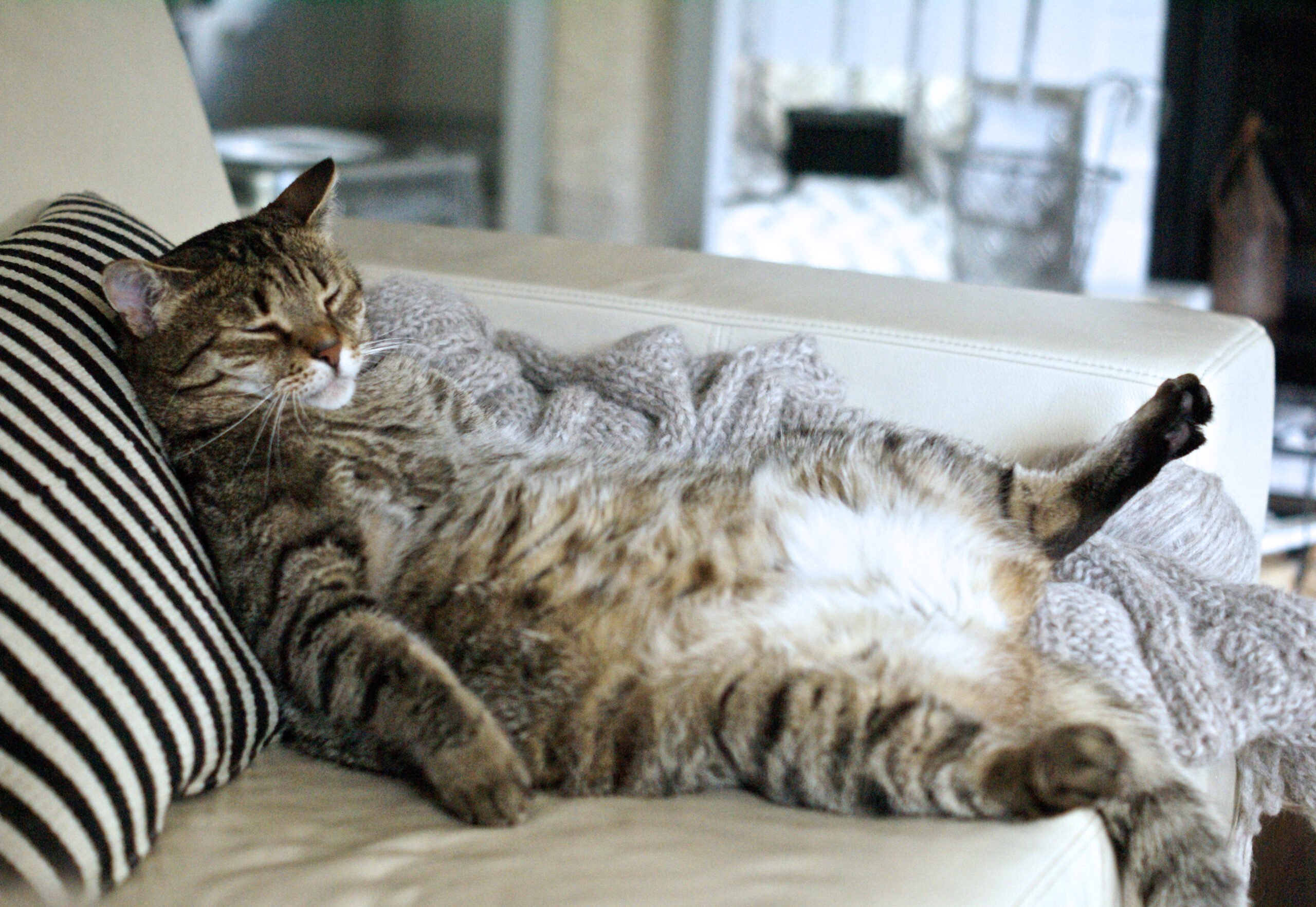Understanding the Problem
As pet lovers, we often indulge our furry companions with treats and affection, but sometimes our love can lead to unintended consequences – pet obesity. Just like humans, obesity is a growing concern in the animal kingdom, affecting dogs, cats, and even exotic pets. In this blog post, we’ll explore the issue of pet obesity, drawing insights from the Indiana Veterinary Medical Association (INVMA) and the American Veterinary Medical Association (AVMA). Together, we’ll learn about the risks associated with pet obesity and the steps we can take to ensure our beloved pets live a healthy and happy life.
Pet obesity is a serious issue that has been on the rise in recent years. According to AVMA, nearly 60% of cats and 56% of dogs in the United States are overweight or obese. This alarming statistic highlights the need for awareness and action.
Causes of Pet Obesity
- Overfeeding: One common cause of pet obesity is overfeeding. Sometimes, our love for our pets can lead us to offer them treats and food more frequently than necessary.
- Lack of Exercise: Just like humans, pets need regular exercise to maintain a healthy weight. A sedentary lifestyle can contribute to obesity.
- Poor Diet Choices: Feeding pets, a diet high in calories, low in nutrients, or with excessive treats can lead to obesity.
- Medical Conditions: Some medical conditions, such as hypothyroidism or certain hormonal imbalances, can make pets more prone to obesity.
Health Risks
Pet obesity isn’t just about appearance; it poses serious health risks to our furry friends. These risks include:
- Diabetes
- Arthritis
- Heart disease
- Respiratory problems
- Increased risk during surgery
- Lower life expectancy
What can you do?
- Consult Your Veterinarian: Regular visits to the veterinarian are essential for monitoring your pet’s weight and overall health. Your veterinarian can help you create a customized diet and exercise plan.
- Balanced Diet: Ensure that your pet is on a balanced diet recommended by your veterinarian. Avoid excessive treats and human food, which can be high in calories and harmful to pets.
- Portion Control: Measure your pet’s food portions to prevent overfeeding. Follow your veterinarian’s guidelines for the appropriate amount to feed based on your pet’s age, breed, and activity level.
- Exercise: Regular physical activity is crucial. Engage in daily walks, playtime, or exercise routines tailored to your pet’s needs.
- Be Mindful of Treats: Treats are a great way to reward your pet, but they should be given in moderation. Opt for healthy, low-calorie treats, and consider using them sparingly.
- Monitor Their Weight: Keep a close eye on your pet’s weight and body condition. If you notice any significant changes, consult your veterinarian.
Pet obesity is a significant concern, but with awareness and proactive measures, we can ensure our pets live healthier, happier lives. By working together and heeding the advice of organizations like INVMA and AVMA, we can help our furry companions maintain a healthy weight and enjoy a longer, more fulfilling life. Remember, your veterinarian is our greatest ally in the fight against pet obesity – consult them for guidance tailored to your pet’s specific needs.
References: American Veterinary Medical Association
